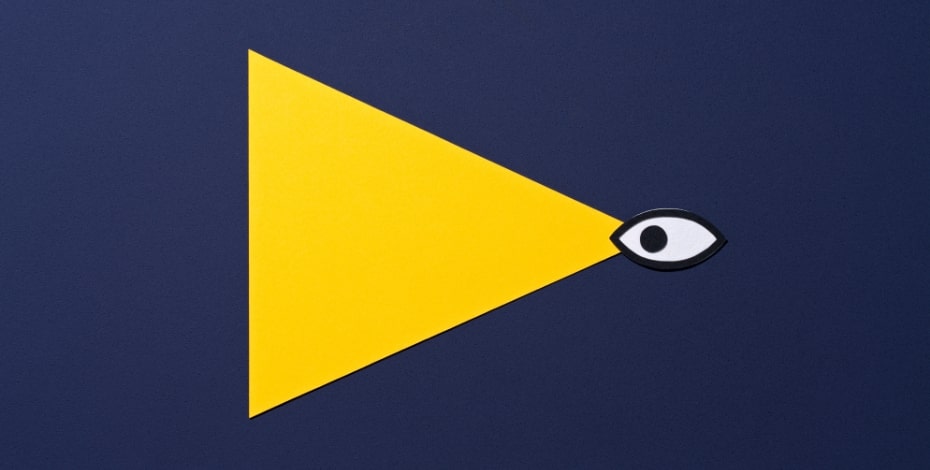
Check out this eye-catching research

Mark Elkins summarises the research published in the January issue of the Journal before the authors of several papers answer some questions about their research.
There’s a lot going on in the upcoming issue of Journal of Physiotherapy, from research on a wide range of topics to broader considerations of how we analyse and judge the results.
Reducing pain and itching of burn scars
A group of physiotherapists in Brazil have collaborated on a review of the evidence on physiotherapy interventions for burn scars.
Symptoms commonly arising from burn scars include pain, pruritus (itching), low elasticity (tightness) and vascularity (redness).
Surgical and pharmacological management can provide some benefit but it is incomplete and the interventions are not without risk.
This comprehensive systematic review shows that the severity of pain and pruritus in burn scars can be reduced by massage, shockwave therapy and laser.
Massage, shockwave therapy and silicone had negligible or unclear effects on scar elasticity and vascularisation.
Respiratory muscle training before cardiac surgery
Previous reviews of preoperative respiratory muscle training have found benefits for patients undergoing cardiac surgery but the estimated benefits have been imprecise enough for it to be difficult to know whether the intervention should be adopted in clinical practice.
An updated systematic review now shows that in patients undergoing open elective cardiac surgery, preoperative respiratory muscle training halved the risk of postoperative pulmonary complications generally and
pneumonia specifically as well as shortening hospital stay by one to two days.
Given that the training was low cost, low risk and easy for patients to self-administer at home in preparation for their surgery, the authors concluded that the benefits were large enough to warrant the time and cost of undertaking the therapy before surgery.
Active pelvic movements on a Swiss ball during labour
Past research on using a Swiss ball during labour examined free use of the Swiss ball. A group of physiotherapists in Brazil has now examined more directed use of the Swiss ball.
Specifically, the protocol for use of the exercises on a Swiss ball was progressed in accordance with the birthing parent’s progression through labour—taking into account foetal station, foetal position, cervical effacement, cervical dilatation and the presence of early pushing urge.
The use of this protocol was associated with substantial benefits.
It reduced the duration of labour by 179 minutes in stage one and 19 minutes in stage two.
It decreased pain by approximately two points on a zero-to-10 scale and reduced the risk of a Caesarean section.
The groups had similar outcomes in relation to other outcomes: instrumental delivery, episiotomy, the number of sutures, the use of epidural analgesia, the risk of cervical swelling and neonatal outcomes.
Near-peer-led simulation for physiotherapy students
Simulation to supplement or partly replace clinical placement time has become accepted practice in many physiotherapy schools.
It is predominantly delivered with actors as patients, which is expensive.
Near-peer-led simulation (ie, senior students acting as simulation patients for junior students) was examined in a study involving 111 first-year and 20 second-year physiotherapy students.
Near-peer-led simulation was delivered within first- year core clinical curricula.

Mark Elkins.
First-year students were near-peer learners, while second-year students were near-peer teachers and the simulated patients.
Near-peer-led simulation improved the students’ confidence and the opportunity to make mistakes in a supportive and safe environment was valued.
Peer feedback was an integral part of the learning process that enriched the learning experience.
The authenticity and realism created seriousness, promoted engagement and facilitated perceived knowledge transfer.
There were benefits for both peer learners and peer teachers and the authors concluded that near-peer-led simulation was viewed by students as a valuable and engaging activity.
Students perceived a broad range of benefits, especially from peer feedback on their performance (given and received), and had increased confidence after participating in simulation.
Peer-led simulation is an authentic and valuable component of entry-to- practice physiotherapy education.
Interpreting clinical relevance in back pain trials
To determine the effectiveness of an intervention for specific outcomes, various stakeholders (eg, researchers and policymakers) should judge the clinical relevance of a randomised trial’s results.
A group of physiotherapists in the Netherlands, Italy and Germany investigated how authors of such trials interpret the clinical relevance of the effects of physiotherapy interventions compared with no intervention on pain intensity, physical function and time to recovery in people with chronic low back pain.
To address this issue, they reviewed 23 trials of physiotherapy versus no physiotherapy for chronic low back pain.
Sixteen studies reported varying thresholds for interpreting clinical relevance for physical function and pain intensity.
Many of these thresholds were not established with recommended methods (ie, smallest worthwhile effect).
Discrepancies between interpretation using the minimal important difference and smallest worthwhile effect values were observed in five studies.
The authors concluded that little attention is given to the interpretation of clinical relevance in trials comparing physiotherapy with no intervention in chronic low back pain, with great heterogeneity in the frameworks and thresholds used.
Future trials should inform patients and clinicians about whether the effect of an intervention is large enough to be worthwhile, using a reliable and comprehensive approach such as available smallest worthwhile effect estimates.
The January issue also contains items related to clinical supervision of physiotherapists, chronic whiplash-associated disorder, paediatric obesity, temporomandibular disorders, telerehabilitation for chronic obstructive pulmonary disease, sports injury rehabilitation and colorectal surgery.
>> Mark Elkins APAM is a clinical associate professor at the University of Sydney, the scientific editor of Journal of Physiotherapy and a co-director of the Physiotherapy Evidence Database. Mark also teaches research methods to clinicians and mentors physiotherapists engaged in workplace-based research in the Sydney Local Health District.
© Copyright 2024 by Australian Physiotherapy Association. All rights reserved.





